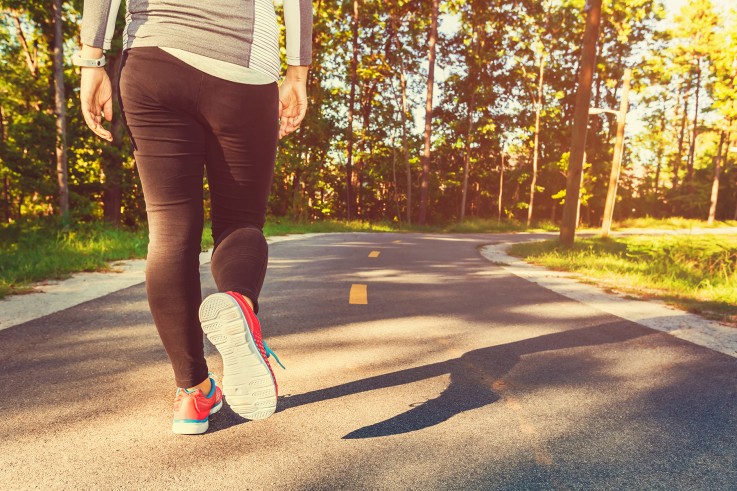Cities and towns are made of neighbourhoods, homes, schools, shopping districts, parks and transportation networks. All of these spaces make up the built environment where people live, work and play. The built environment influences the safety, health and well-being of individuals and communities. Transportation is an important component of one’s environment. It determines what we have and do not have access to in many aspects, including our health.
Here are a few examples of how changing transportation habits can improve the health of your well-being:
Safety
Traffic collisions in Canada are a major cause of death for those ages 5 to 34. The safety of all road users can increase as more people choose active transportation. Communities can provide safe and convenient walking and bicycling networks to reduce vehicle traffic and speed on neighborhood streets.
Air Quality
Air pollution contributes to heart and lung diseases, including cancer, asthma, and bronchitis. Vehicle emissions contribute to air pollution. Reducing vehicle use can improve air quality.
Physical Activity
Active transportation provides Canadians with opportunities to be physically active. Physical activity is accessible to Canadians and it increases social exchanges with neighbours and community members. Transportation infrastructure, like paths, sidewalks and bicycle racks, can encourage physical activity.
Equitable Access
Some places are too big to get around without a vehicle. Public transportation, like bicycle and pedestrian infrastructure, help people who do not have vehicles. Access to public transportation is important so that people can go to school, hospitals and clinics, and the grocery store. All people should have safe, convenient and affordable transportation options. More transportation options are better for the elderly, children and people with disabilities. These groups need access to jobs, health care, social interaction and healthy foods.
Noise
Roads and highways are noisy. The noise can disturb sleep and negatively affect hearing quality, stress and energy levels. Consider walking or using a bicycle to commute to nearby places. Decreasing the number of trips and vehicles on the road can lower noise pollution in communities.
The way communities are built has affected the health and well-being of people throughout history – and continues to affect people today. We know that positive changes to our physical world can lead to improved health. Healthy communities can help create environments that give all people opportunities to thrive and live their lives to the fullest.


